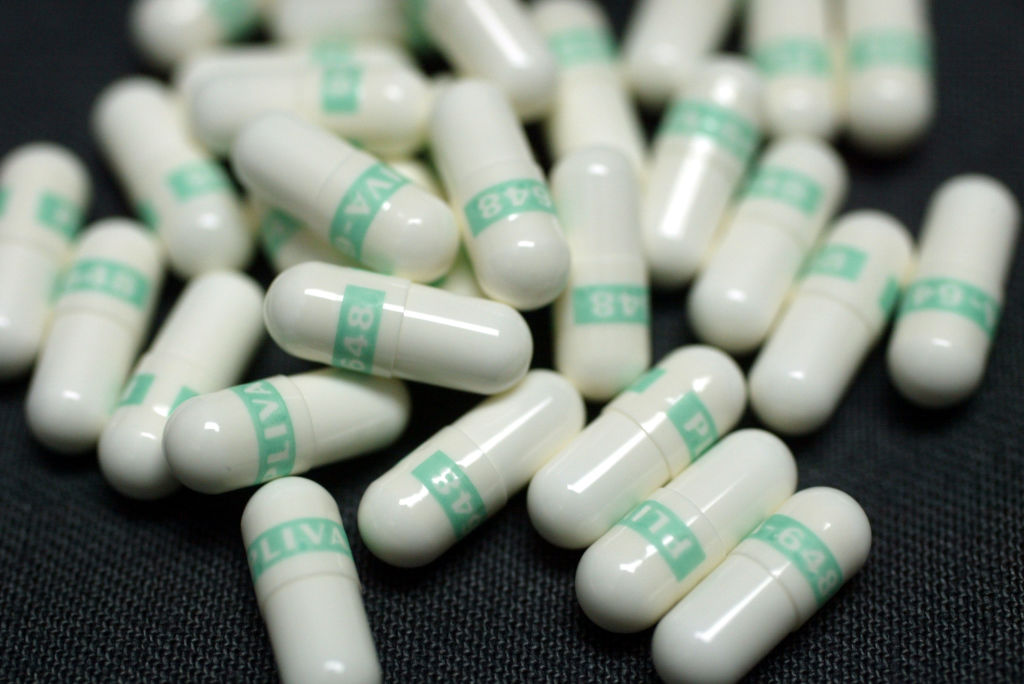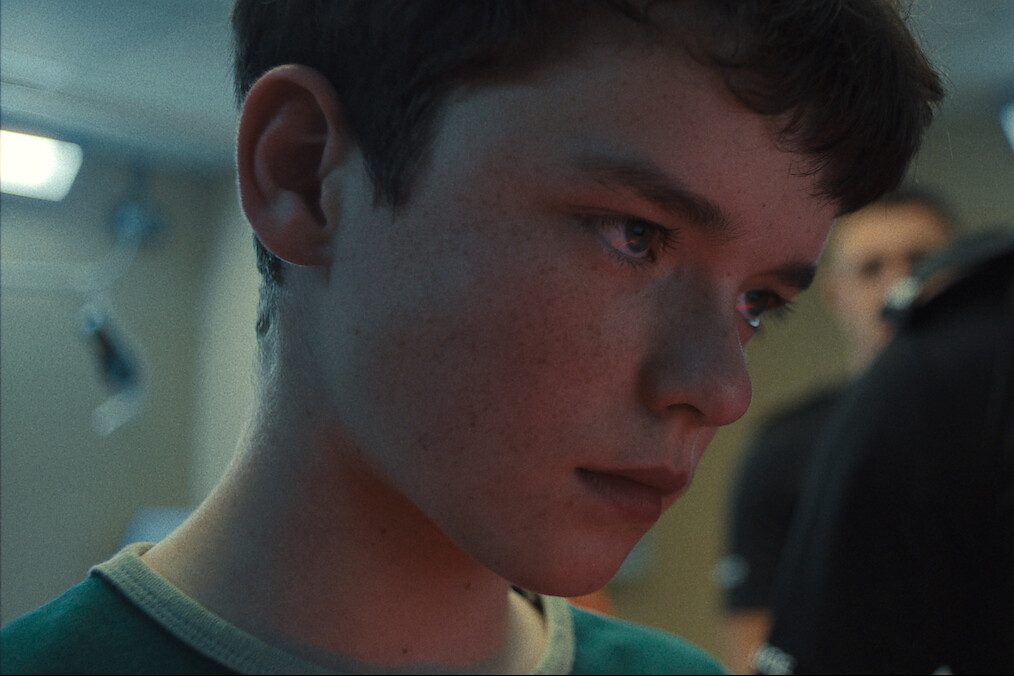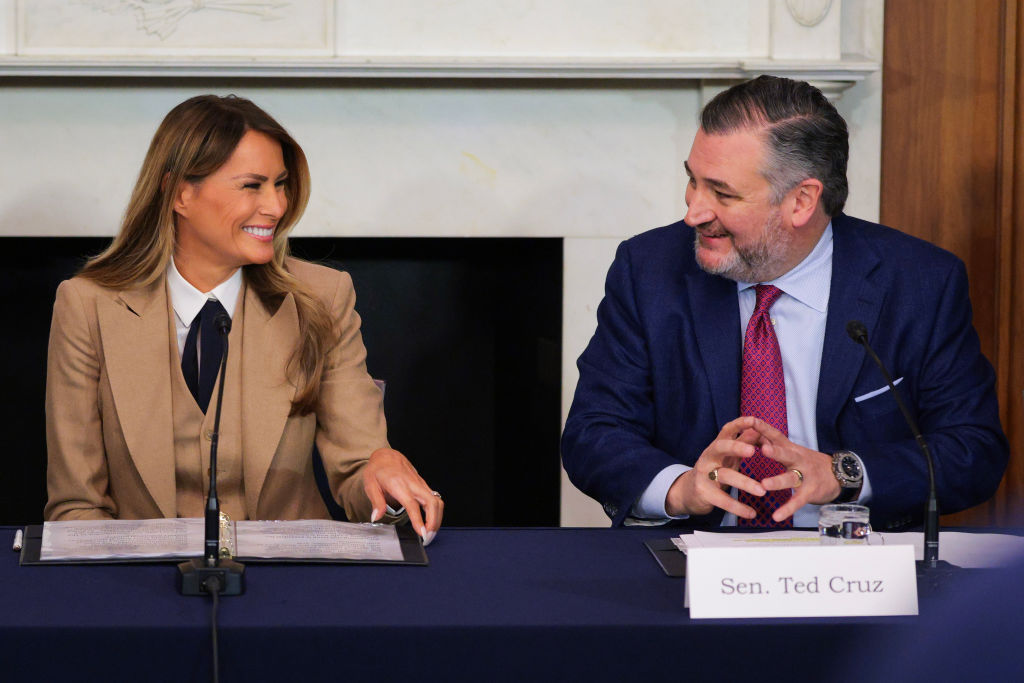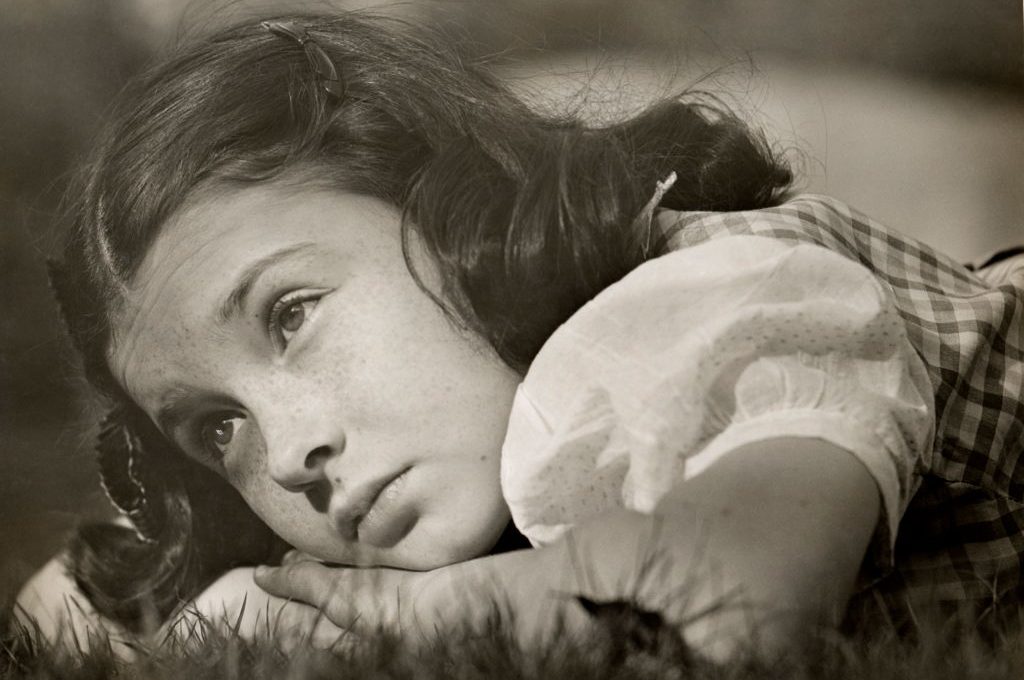Last week’s biggest social media panic that isn’t about Nicki Minaj’s cousin’s balls comes to us from the Wall Street Journal, in a bombshell report titled ‘The Facebook Files’. According to WSJ reporters, a trove of internal documents from the secretive social media company reveals that, despite much protest (and congressional testimony) to the contrary, Facebook’s executives know better than anyone that their platform is a place of chaos and social destruction.
The multi-part series digs into everything from content moderation to curb ‘anger’ to Facebook’s efforts to promote the COVID-19 vaccine. But one section in particular has garnered attention for the picture it paints of a faceless, heartless corporation exploiting some of society’s most vulnerable members. The headline says it all: ‘Facebook Knows Instagram Is Toxic for Many Teen Girls, Company Documents Show.’
In short, Facebook has long been studying the impact of Instagram, which it bought in 2012 for $1 billion, on its teen users — and has found copious evidence suggesting that the app has a negative effect on their mental health. In slide presentations shared to the company’s internal message boards, researchers discussed such data points as ‘One in five teens say Instagram makes them feel worse about themselves’ and ‘We make body image issues worse for one in three teen girls.’
Many seem genuinely shocked by the WSJ report. Jonathan Haidt, co-author of the best-selling The Coddling of the American Mind, is quoted in the piece as saying we’re on the verge of a public health crisis tied to social media use. Jean Twenge, author of iGen, compares Facebook’s behavior to the R.J. Reynolds corporation suppressing evidence that cigarettes cause cancer.
But if you are or have ever been a teenage girl, the biggest surprise about all of this is that anyone finds it surprising at all. Making young women hate themselves has always been a highly lucrative business — and the only new thing here is the technology they’re using to do it.
For as long as mass media has been part of the cultural landscape, society has been gripped by periodic moral panics over what it’s doing to impressionable young people — with some of the most potent anxiety centered on teen girls, body image, and mental health. In 1992, the New York Times warned readers that unrealistic beauty standards were creating a crisis among girls and young women, and that ‘all the inward self-appreciation in the world won’t matter until outward social barometers like television and movies stop emphasizing idealized images.’
Then, as now, worried psychologists urged that something be done. Nearly 30 years before the WSJ sounded the alarm that Instagram was fueling unhealthy social comparison, a Brandeis University professor was quoted in the NYT saying more or less the same thing:
‘Female models are 9 percent taller and 16 percent thinner than average women, an unrealistic ideal of beauty for women to emulate, which contributes to low self-esteem. We should accept these women as unique and honor them as such, or put forth an ideal image of women which is more compatible with the average female body.’
Since then, the conversation has evolved alongside the technology. The 1990s were dominated by worries about the deleterious impact of magazine airbrushing and anorexic runway models on teen girls’ self-image. In the 2000s, those concerns were overtaken by fears that oversexualized music video vixens and ultra-photoshopped images of pop stars like Britney Spears were making ordinary young women hate themselves.
And now, in keeping with the times, we’ve transferred our anxieties to the media of the moment: Instagram influencers and the filters and apps that tweak your middling selfies into an idealized, almost cartoonish vision of physical female perfection. As always, the conversation is ruled by an overwhelming sense that a historic crisis is afoot and something must be done…although nobody knows what that is.
None of this is to say that the toxicity of Instagram is fake news. It’s more like old news, a social phenomenon that has existed for as long as young women have competed with each other to be the prettiest, fittest, most attractive, most accomplished — which is to say, for as long as society itself has existed. Does this relentless comparathon make girls feel shitty about all the ways in which they don’t measure up? Of course it does! It always has.
Yet if you tried to put an end to it, you’d find fierce resistance from the very people you were ostensibly trying to protect. Even as readers are still reeling from the litany of stories about the destructive power of Instagram, the WSJ drops this tidbit: ‘Many of the teens interviewed for this article said they didn’t want Instagram to disappear.’
Girls may suffer under this system of ruthless social competition, but they are also undeniably complicit in it, in a way that all the descriptions of Instagram as ‘addictive’ or ‘toxic’ or ‘harmful’ fails to capture. The app giveth as much as it taketh away. Social media might be a compulsion, but it is also a choice, one that users are drawn to keep making because they do get something out of it.
Thirty years ago, those of us who bemoaned the unfair standards promoted by magazine images of models were still eagerly buying those same magazines, poring over them with aspirational fervor. Likewise, the same teen girls who say Instagram hurts their feelings are still driving traffic to the app, incentivizing the creation of even more images that will in turn cause even more anguish.
What will break this cycle? Nothing less than a complete overhaul of the system by which we dispense social and cultural capital to women — which is to say that as long as society treats female beauty as currency, this phenomenon will always be with us in one form or another. And as tempting as it is to demand more corporate accountability and congressional hearings, even a brief glance at history shows that this problem goes deeper, and further back, than any one technology, and indeed than technology at all.
‘How very ill Miss Eliza Bennet looks this morning, Mr Darcy,’ snipes Caroline Bingley in Jane Austen’s Pride and Prejudice, circa 1815. ‘I never in my life saw anyone so much altered as she is since the winter. She is grown so brown and coarse! Louisa and I were agreeing that we should not have known her again.’
What can bots and algorithms do when people have always been like this?

























